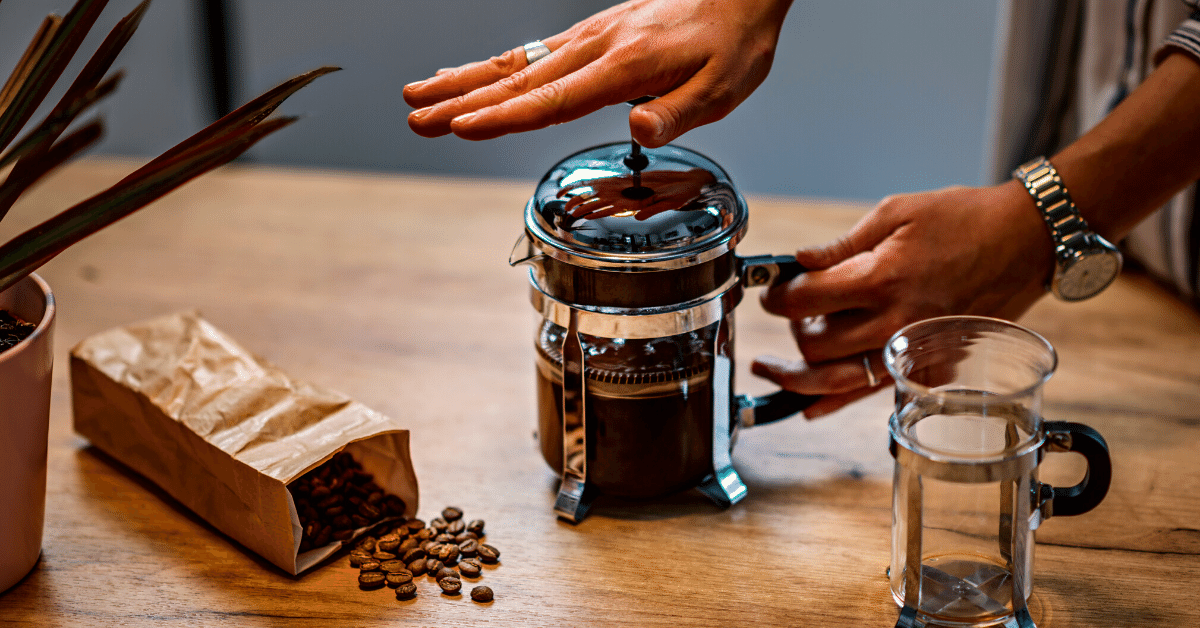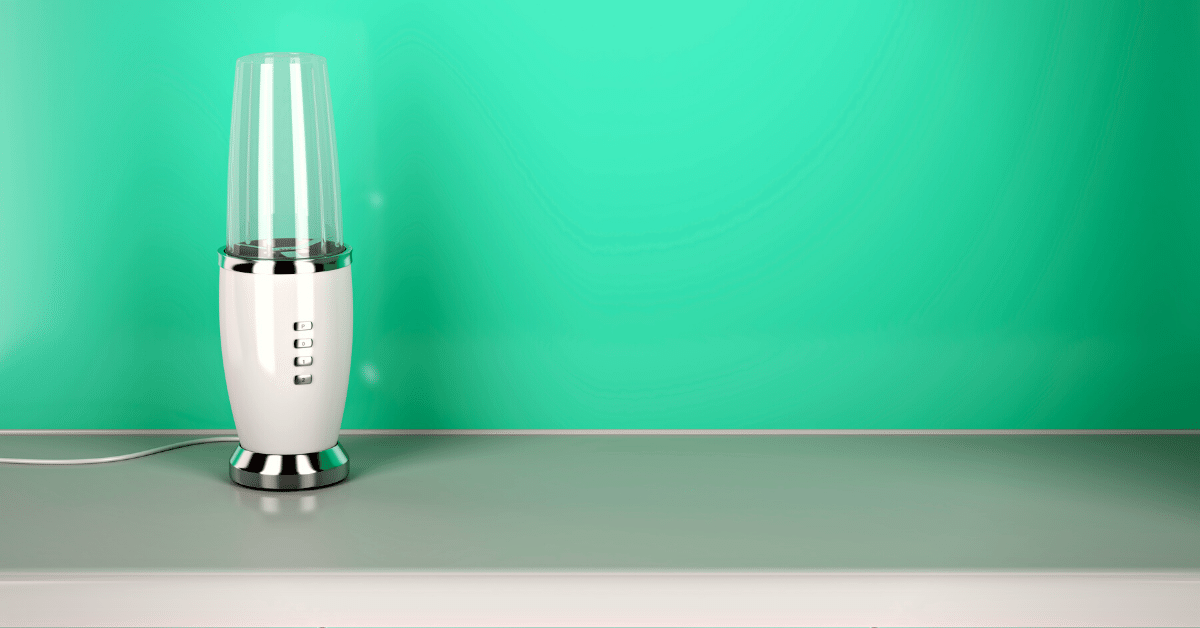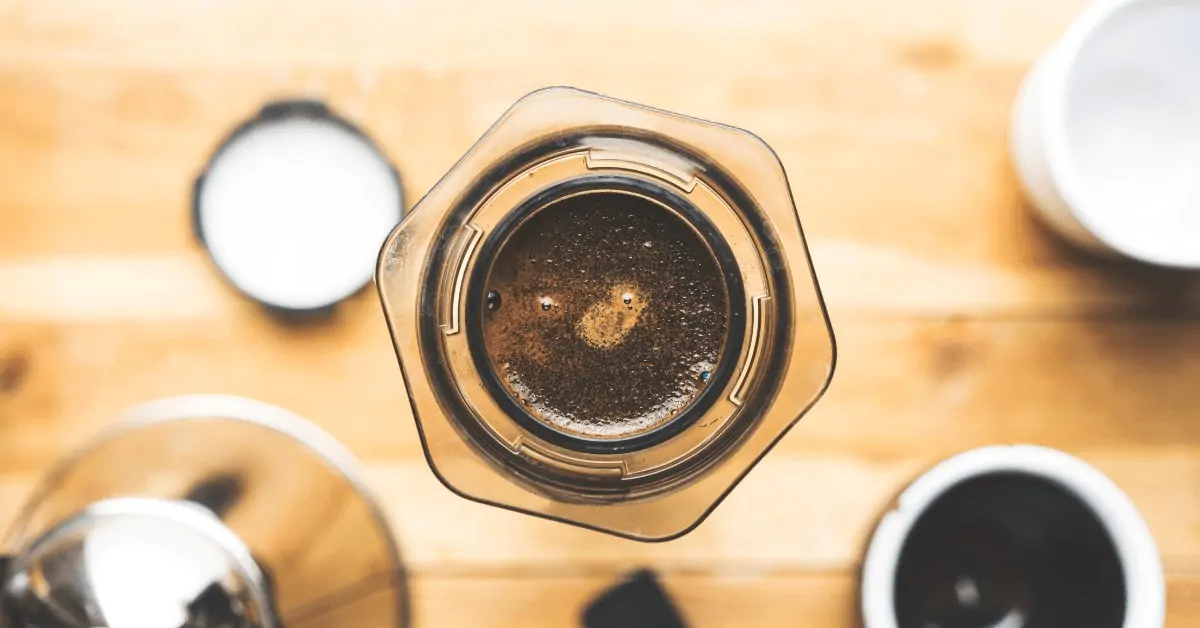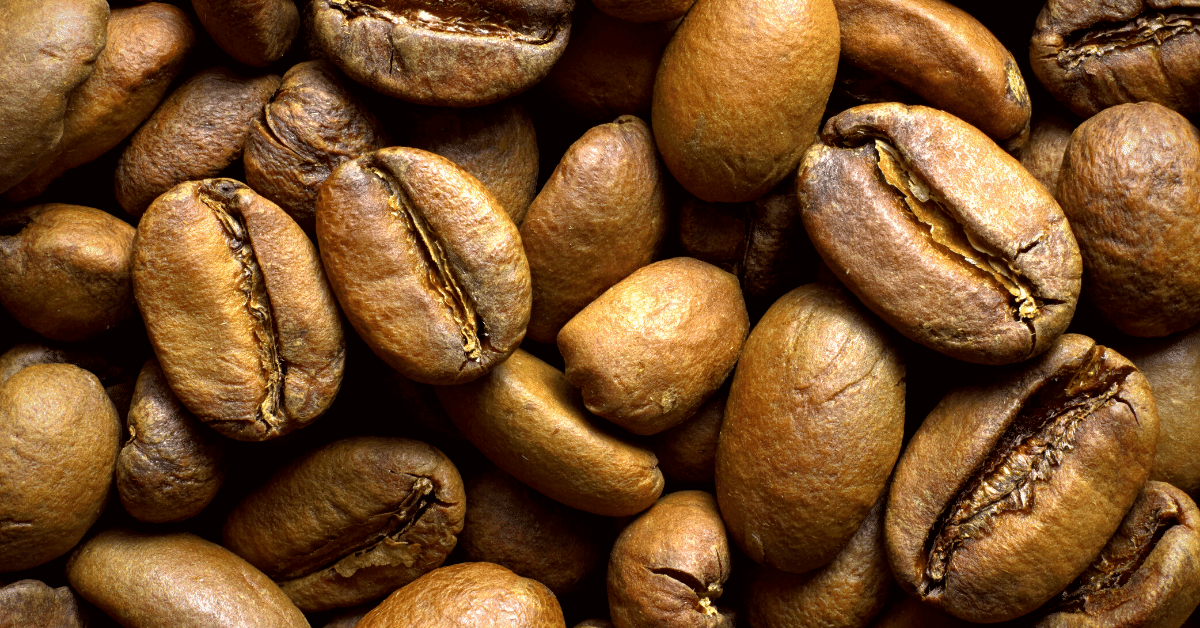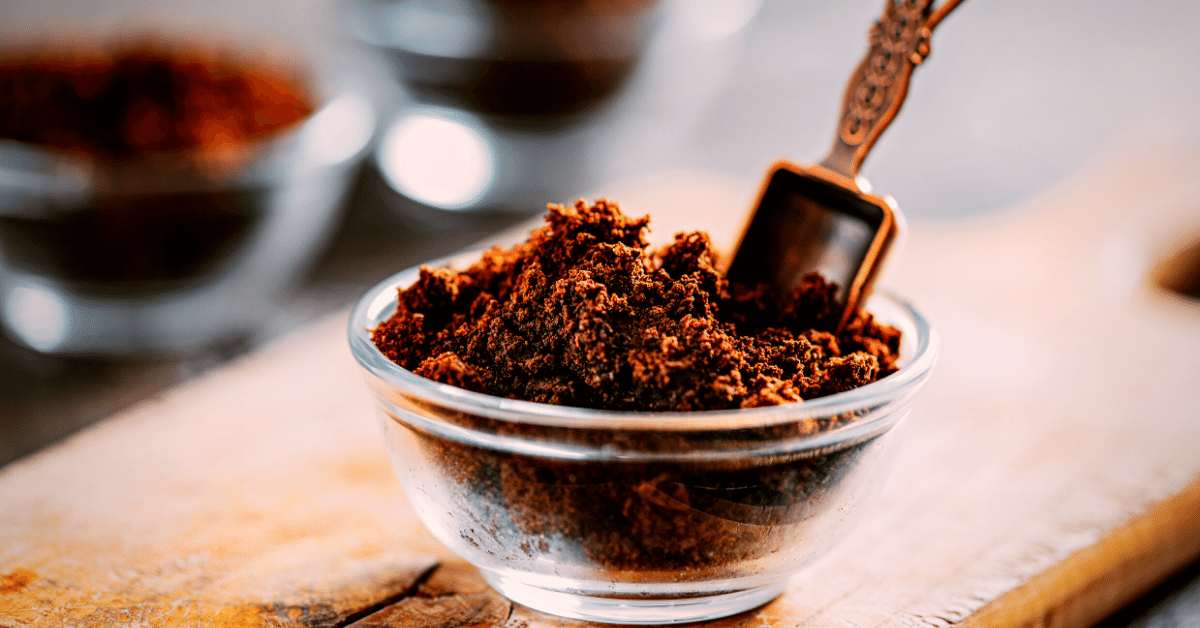Love drinking coffee but your stomach doesn’t?
You’re not the only one. The main cause of this common problem lies in high acidity.
Now, you might have heard that switching to cold brew coffee can help. Naturally, you might be skeptical – is cold brew less acidic than other types of coffee?
In short, yes. But why?
Well, that’s what we’re going to talk about today.
Let’s dive in.
Is Cold Brew Coffee Less Acidic than a Hot Brew?
I’m sure you’ve noticed the difference in flavor between a cold and hot brew coffee. Cold brew seems to be pretty easy on the stomach, but is it truly less acidic than hot coffee?
Let’s find out.
Ground Size

The size of coffee grounds has a big impact on the extraction process.
The larger the ground particles, the more time it takes for the flavors to get extracted.
You know how espresso requires very fine ground?
That’s because pulling the shot takes only 30 seconds. Only tiny particles can get extracted in such a short amount of time.
Cold brew is made with medium to coarse grind size, which allows it to steep for 12+ hours without getting overly extracted.
For more acidity, you can use a finer ground coffee. But don’t overdo it, as you can end up with quite a bitter cup of coffee.
Roasting Process
The type of roast also plays a role in how acidic your coffee is. The darker the roast, the lower its acidity.
Why is that, you might ask?
The roasting process causes acids in coffee to break down. The more the coffee bean is roasted, the less acidic compounds are left in it.
Just keep in mind that roasting affects bitterness as well. So while scorched black beans might be low acid, they’ll be overly bitter. Achieving the right balance is more or less of an art.
Brewing Process
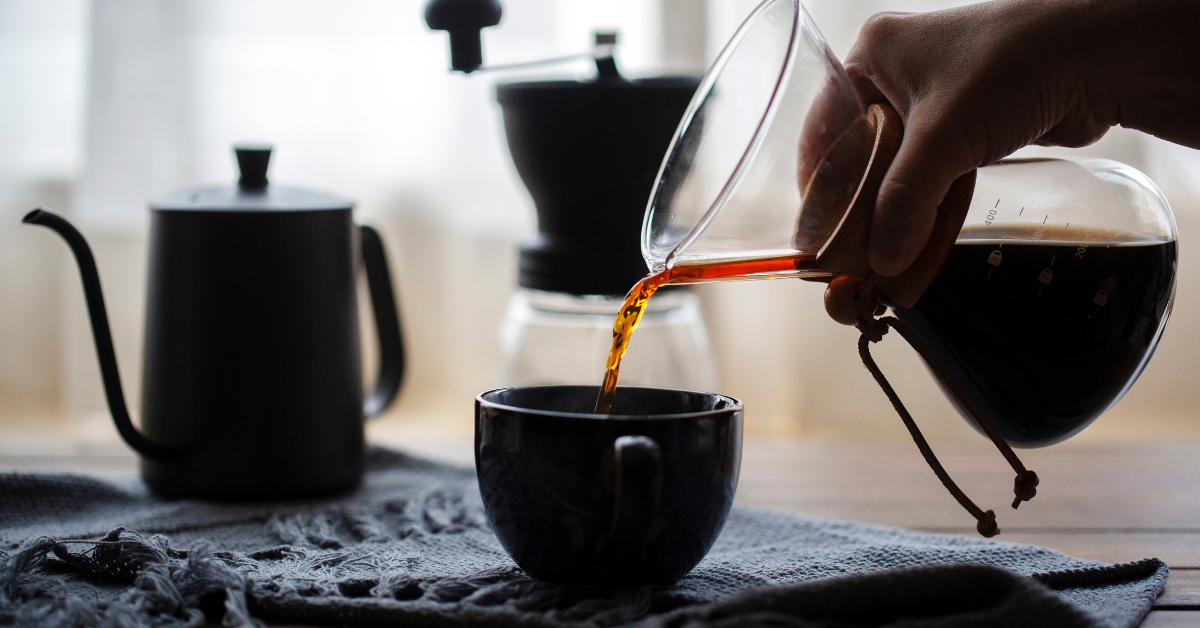
The brewing process also affects the coffee acidity.
Here’s how it works:
Once water hits the coffee, the extraction begins. But not all compounds extract at the same time.
The order is always the same. The first compounds to extract are fats and acids, which have the simplest molecule structure. For that reason, they easily get dissolved in contact with water.
Next on the list are sugars, followed by plant fibers.
Each of these compounds contributes to certain flavors. Acids cause bitterness, oils add body, sugars cause sweetness and fibers add bitterness.
Cold brew is generally steeped for as long as 12 to 18 hours. Over such a long course of time, all the compounds have enough time to dissolve into the coffee.
Now, this doesn’t mean that acidic compounds simply disappear from your cold brew. But once sugars and fibers are extracted, they balance the drink and make it more gentle on your stomach.
Here’s the thing with cold brew – some compounds simply don’t dissolve all the way without heat. Acids, for instance, are only partially extracted in cool water, which is why cold brew is so low in acidity. In hot water, on the other hand, they break down causing unfavorable flavors.
Acids in Coffee: All You Need To Know
We all know what’s acidity in coffee – that pleasant sharpness that lights up your palate with the first sip. The best way to describe it is the dry and sharp sensation on the tip of the tongue.
Acidity is one of the major flavor elements of coffee, along with aroma, bitterness, and sweetness. And, interestingly enough, it has nothing to do with the Ph level of coffee.
Instead, acidity is in direct relation to the countries the beans are produced and how they’re processed.
You know how wine tastes different depending on the region it’s grown?
Well, the same goes for coffee beans.
Higher elevation, as well as cooler temperatures, cause the plant to grow at a much slower rate. Slow ripening allows more complex flavors to develop, such as fruity and berry notes. These tones are naturally more acidic, so they give the beans a sharper flavor.
Coffee beans contain different compounds. These include organic acids such as citric, malic, acetic, succinic, and tartaric acids. All of these add certain notes to your coffee, but they’re all responsible for acidity.
Different coffee varieties have different amounts of these acids.
Malic acid, the same kind you find in green apples, is prominent in Kenyan coffee varieties. Colombian coffee, on the other hand, is high in citric acid, the kind that appears in lemons and oranges.
As we already established in the first section, the coffee preparation process affects the acidity of coffee. Heat kills the acidic compounds, both during the roasting and brewing process.
How to Make Coffee Less Acidic
Whether it’s the flavor or ease of drinking, there are several ways you can make your coffee less acidic.
First, opt for the right beans.
Coffee varieties from Brasil, Hawaii, the Caribbean, and Sumatra are usually low in acidity. As for the type of roast, dark roasted beans are less acidic than light roasted ones.
You can also get low acid coffee by switching to a slower brewing method. By steeping coffee grounds in water for a longer time, bitter compounds will extract and balance out the acidity.
You’ve already made a cup of too acidic coffee?
That’s not a problem either. There are a few quick fixes you can easily do at home.
The first one is to add milk to your drink. Milk is rich in calcium, which is an alkali. So naturally, it neutralizes excess acid. Plus, it smooths out the bitterness and makes the coffee much easier on the stomach.
Now this one might sound strange – cowboys used to add egg shells to their cups of coffee to tame the flavor.
But it makes sense. Egg shells have even more calcium than milk. In fact, they’re 40% made of this mineral! By adding them to your drink, you can neutralize the acidity.
Finally, you can also add baking soda. About 1/4 teaspoon is enough to mellow the flavor of the entire coffee pot.
FAQ
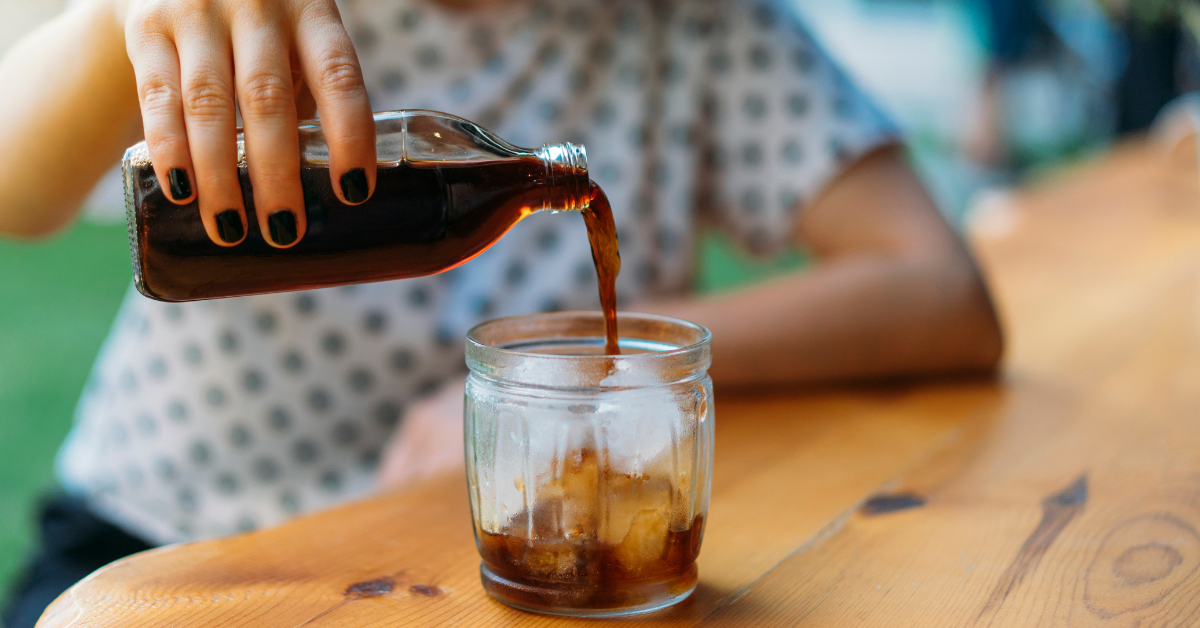
Have some more specific questions about cold brew?
Here’s a short FAQ that addresses anything else you should know about this drink.
Is cold brew better for acid reflux?
Compared to espresso coffee, cold brew coffee might be the best solution for acid reflux. Acid levels in the cold brew can be as much as 65% lower compared to other brewing methods. This is thanks to its grind size, type of roasts, and the length of the cold brewing process.
How do I make my cold brew less acidic?
If you want to make cold brew coffee even lower in acidity, you can use more alkaline water to brew it.
Ideally, use water with a pH range of between 8.0 and 9.0 for the best results.
What coffee is least acidic?
When it comes to coffee varieties, the ones with the lowest acidic levels are the ones grown at low altitudes.
These include the beans from Brasil, Indonesia, Guatemala, and Nicaragua.
As for the brewing methods, the ones that let the coffee grounds steep for longer will turn out lower in acidity. Cold brewed coffee, with the longest brewing process, has the lowest amount.
Summing Things Up
Cold brew can be up to 65% less acidic than hot brewed coffee.
This is thanks to the combination of different factors.
First, cold brew is made with coffee beans ground to a coarse setting. That way, they don’t get overly extracted even while seeping in water for half a day.
Secondly, this type of coffee is made with dark roast coffee beans. This type of beans goes through a lengthy roasting process, which ultimately destroys the acids and causes the final result to be milder.
And finally, the fact that it’s brewed in cold water also lowers the acidity levels.
Interested yet?
Luckily, cold brew coffee concentrate is easy to make at home, and here’s how you can do it in three different ways.



